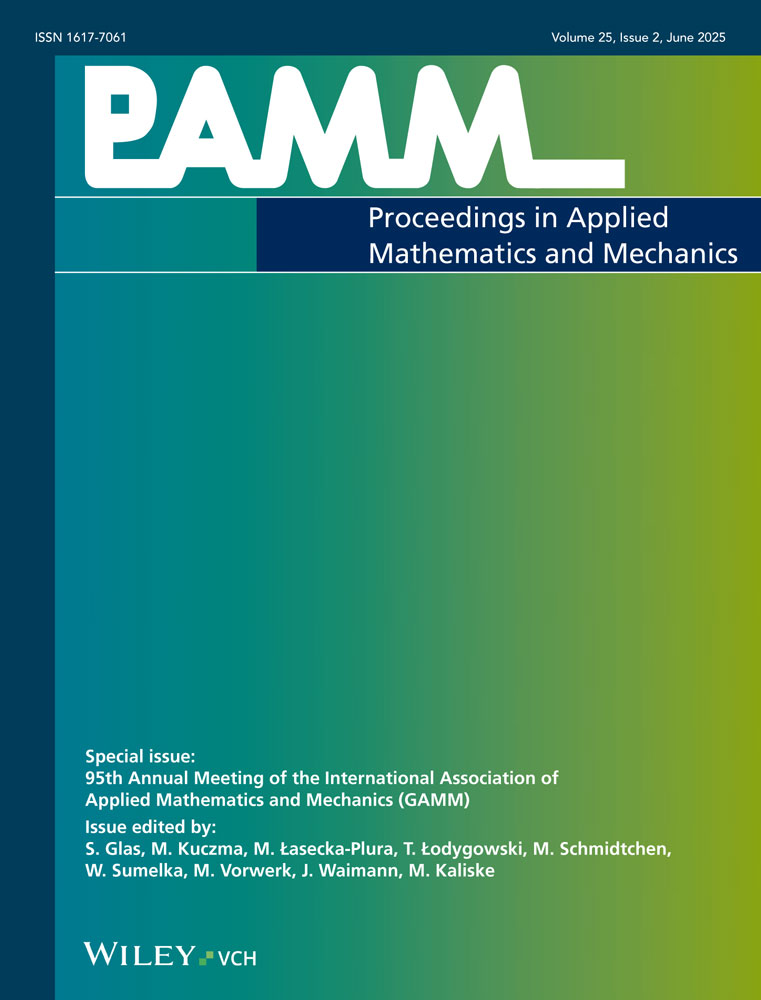Analysis of Calving Events in Antarctic Ice Shelves Using Configurational Forces
Abstract
Previous studies on the sensitivity of cracks in ice shelves with different boundary conditions, stress states and density profiles revealed the need for further analyses. As the transfer of boundary conditions from dynamic ice flow simulations to the linear elastic fracture analyses proved to be a critical point in previous studies, a new approach to relate viscous and elastic material behaviour is proposed. The numerical simulations are conducted using Finite Elements utilizing the concept of configurational forces. To show the applicability of the approach, a 2-dimensional plane stress geometry with volume loads due to the ice shelf flow is analyzed. The resulting crack path is compared to available crack paths from satellite images. (© 2012 Wiley-VCH Verlag GmbH & Co. KGaA, Weinheim)




